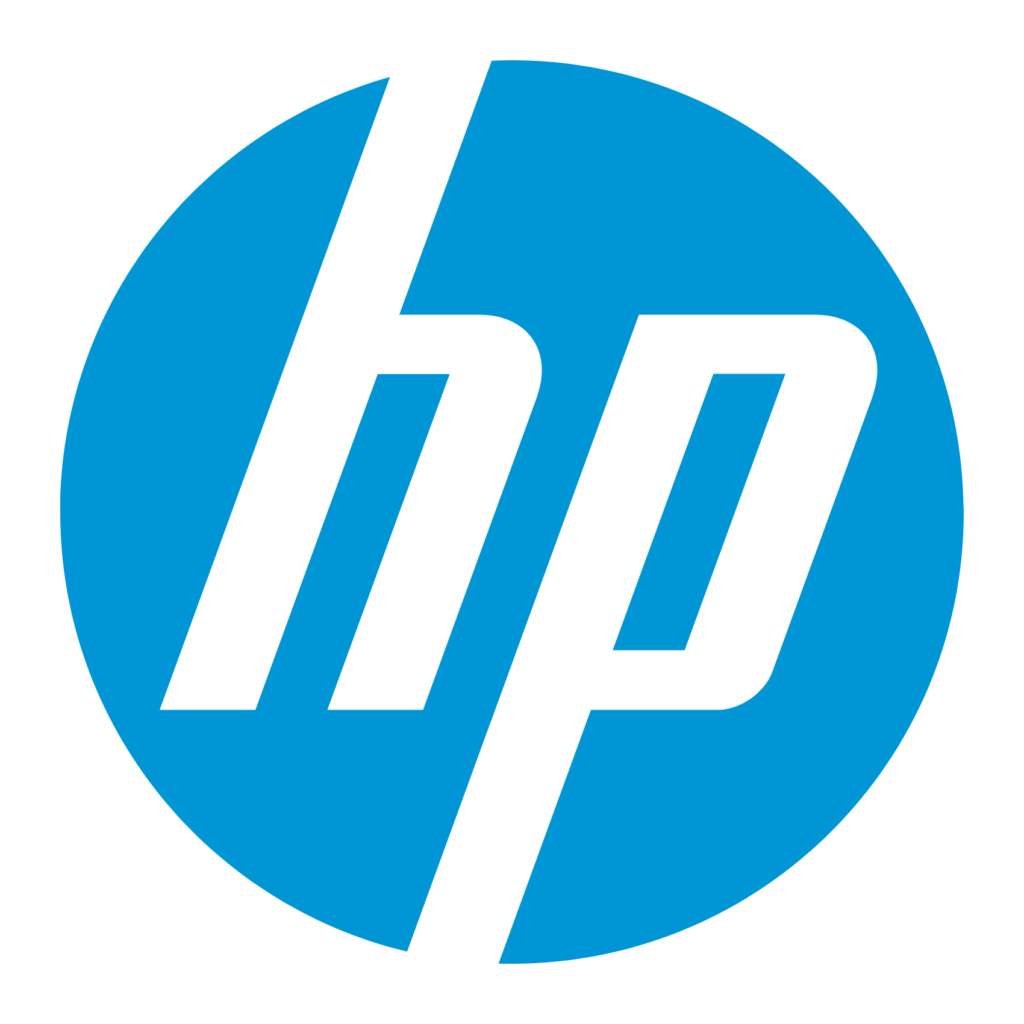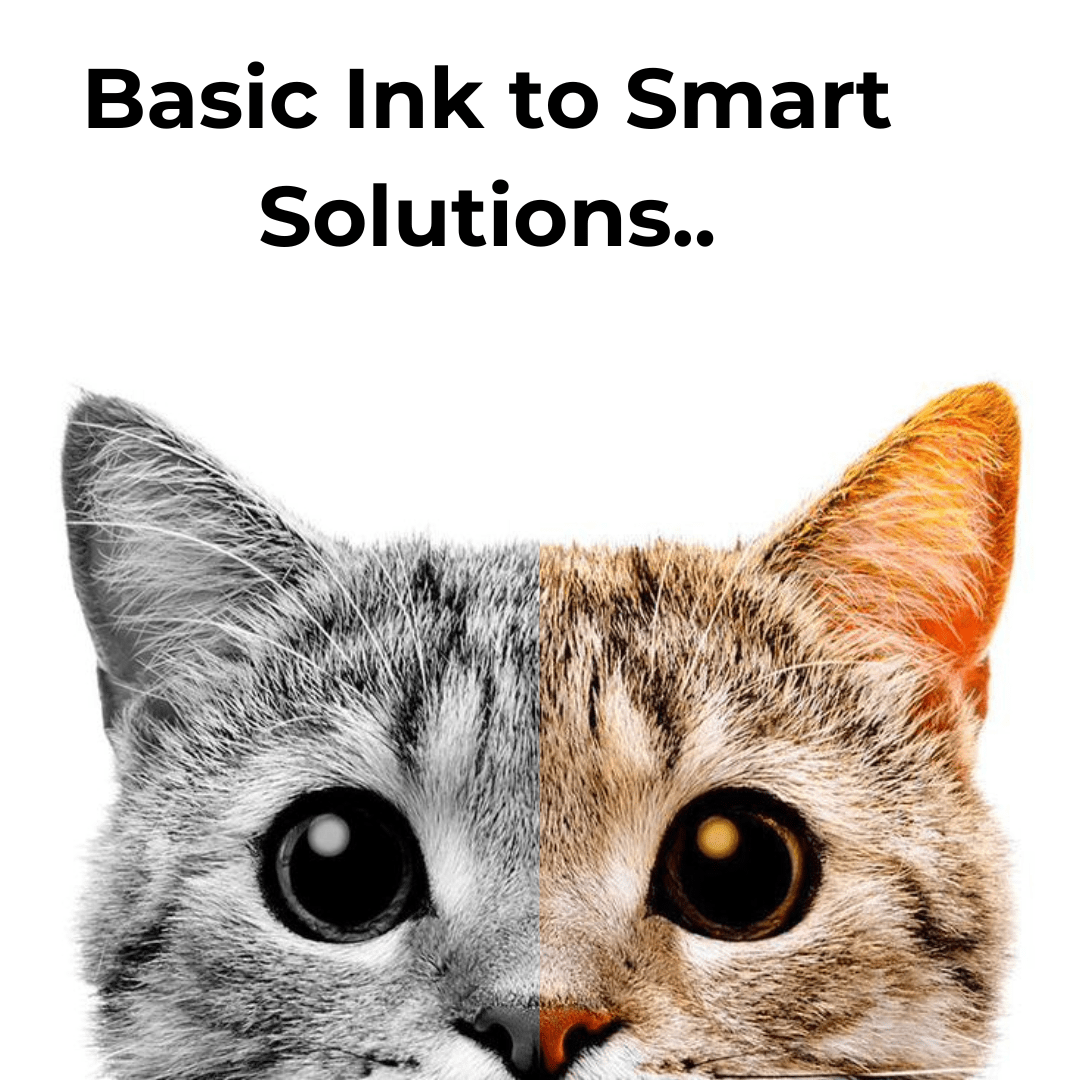The Evolution of Printer Cartridge Technology
The evolution of printer cartridge technology has transformed from basic ink to smart solutions, that is from the simple, functional utility into a field rich with innovation and convenience. As businesses and homes continue to rely on printed materials, printer cartridges have progressed to meet the demands for quality, efficiency and environmental sustainability. Here’s a look at how cartridge technology has advanced, impacting cost, performance and eco-friendliness.
1. The Early Days of Ink Cartridges: Simple and Functional
The first ink cartridges were designed purely for function, delivering basic black and white prints with limited page yields. Printers operated on dot matrix and basic inkjet technologies, with ink cartridges serving as straightforward ink delivery systems. These early cartridges had a limited lifespan and were often expensive to replace, with few considerations for waste or recycling.
The late 1980s saw improvements with the introduction of color printing, enabling cartridges with separate color chambers (typically cyan, magenta, yellow, and black). However, the technology was still young, and cartridges were not very efficient by today’s standards.
2. The Rise of High-Yield Cartridges: Increasing Efficiency
As demand for faster, higher-quality printing grew, cartridge manufacturers began exploring ways to extend page yield and reduce costs. The 1990s brought high-yield cartridges, which offered significantly higher page outputs before needing replacement.
This was especially beneficial for offices and environments with high print volumes, as it reduced downtime and cost-per-page. Alongside yield, manufacturers also started working on better ink formulations, leading to crisper text and more vivid colors.
3. Smart Chips and the Birth of “Smart” Cartridges
In the 2000s, printer cartridges began to integrate microchips that allowed them to communicate directly with the printer. Known as “smart” cartridges, these chipped cartridges could monitor ink levels, alert users when ink was low, and prevent misaligned or incorrect cartridges from being used.
This advancement not only improved the user experience but also allowed manufacturers to implement more precise cartridge tracking, reducing waste by only changing cartridges when needed. While some users were initially skeptical of chips that “locked” cartridges to specific printers, the industry adapted to ensure greater compatibility and usability.
4. Environmentally Friendly Innovations: Refilling and Recycling
As awareness of environmental impact grew, the printing industry began addressing the significant waste generated by disposable cartridges. Refillable and remanufactured cartridges became popular, offering an eco-friendly option for consumers and businesses. Companies like HP, Canon, and Epson started cartridge recycling programs, allowing customers to return empty cartridges for safe disposal or repurposing.
In recent years, cartridge-free printers (such as Epson’s EcoTank and HP’s Smart Tank) have taken this a step further by using large refillable ink tanks instead of traditional cartridges. This innovation not only reduces plastic waste but also lowers the overall cost of printing.
5. Precision and Quality: Enhanced Ink Formulations
Today’s cartridges use specialized inks that are optimized for both longevity and quality. Some of these include pigment-based inks, which offer water and smudge resistance, ideal for professional documents, and dye-based inks that create more vibrant colors, suitable for photo printing. These inks produce sharper prints, resist fading, and often provide archival-quality results.
MicroPiezo and thermal inkjet technologies have also evolved, allowing ink to be dispensed in precise, controlled droplets. This results in sharper image reproduction and is particularly useful for detailed photo prints.
6. Wireless and IoT-Enabled Cartridges: The Modern Convenience
With the Internet of Things (IoT) integration, modern cartridges can now connect to cloud-based systems, enabling remote monitoring of ink levels and automatic reordering when supplies run low. This feature, often linked with subscription services, is convenient for users who print frequently and wish to avoid running out of ink unexpectedly.
These connected cartridges make use of cloud-based software to notify both users and manufacturers when a replacement is needed, streamlining the supply chain and reducing the hassle of manual monitoring.
7. Future Trends: Sustainability and Smart Inks
Looking ahead, the future of printer cartridge technology is likely to focus even more on sustainability, waste reduction, and precision. Companies are experimenting with biodegradable cartridges and recyclable materials. Inkless printing technology is also on the horizon, where special heat-sensitive papers can create images without traditional ink.
Additionally, smart inks may become more widespread. These inks have embedded data or color-changing properties, which could serve security or aesthetic functions in specialized industries. For instance, the security printing industry has been exploring smart inks that react under UV light or change colors based on certain conditions.
Conclusion
The evolution of printer cartridge technology reflects a journey toward greater efficiency, higher quality, and a reduced environmental footprint. From basic black-and-white prints to high-definition color photos, today’s cartridges are a far cry from their early counterparts. As the printing industry continues to evolve, we can expect future innovations to focus on sustainability, smart technology, and user convenience, making printing more eco-friendly, accessible, and cost-effective.
Whether for personal, professional, or creative purposes, printer cartridges remain an essential yet evolving component in the world of printing, adapting to the changing demands of both technology and consumers.





